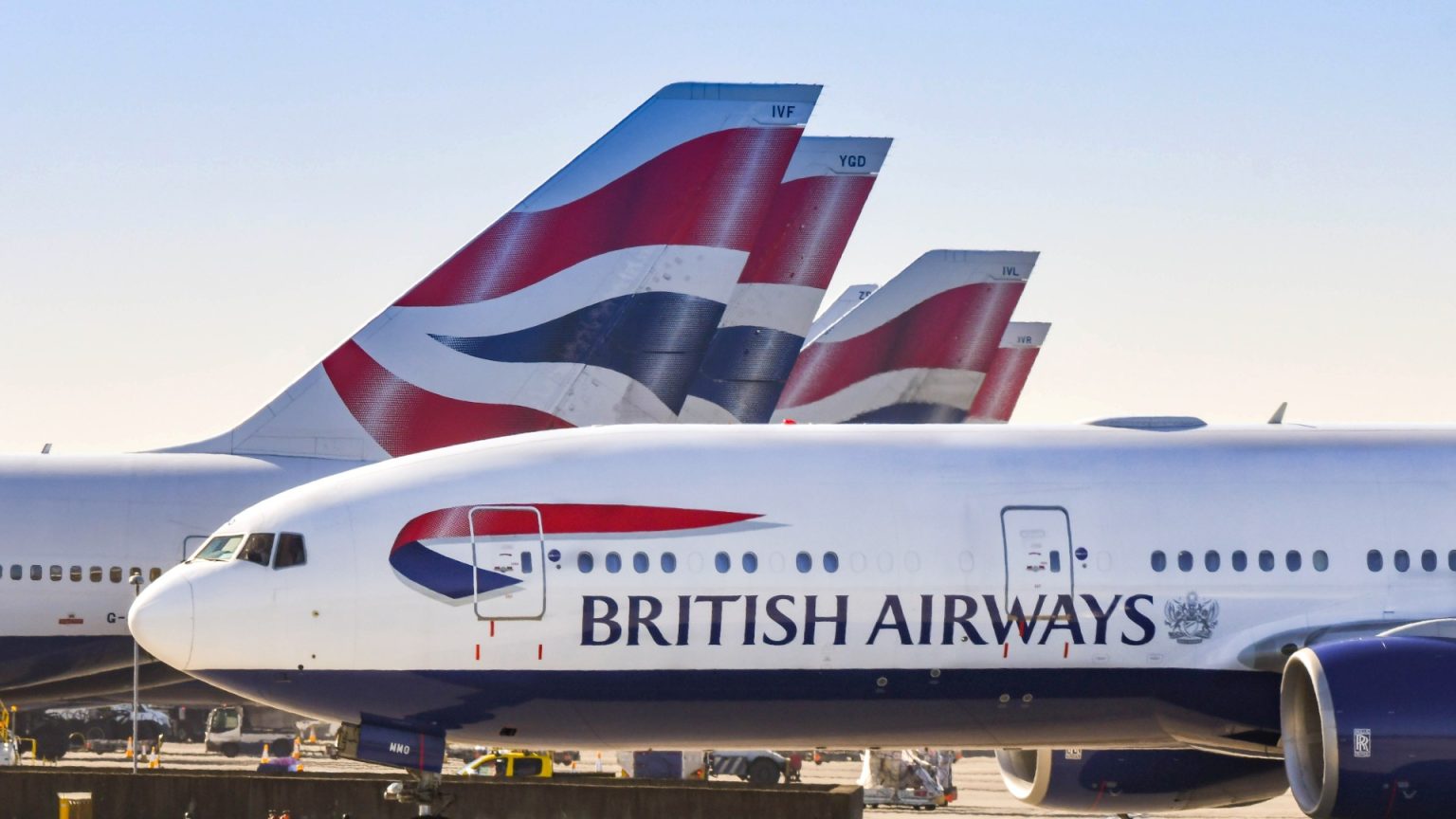A British Airways flight, BA 0108, en route from Dubai to London, was compelled to execute an emergency landing back in Dubai approximately one hour after takeoff due to a suspected toxic fume incident. Twelve passengers and five crew members reported feeling unwell, prompting the captain to make the crucial decision to return to the origin airport. Upon landing, paramedics and firefighters were on standby as a precautionary measure, highlighting the seriousness of the situation. One passenger recounted a sense of inadequate preparation for such an event, suggesting potential shortcomings in the airline’s emergency response protocol. While British Airways downplayed the incident as a “minor technical issue,” reports indicate the five affected crew members required ongoing medical attention, underscoring the potential severity of the exposure. This incident raises concerns about air quality and safety procedures aboard commercial aircraft.
The incident involving BA 0108 echoes broader concerns regarding the safety and preparedness of airlines in handling mid-flight emergencies. While the exact nature of the fumes remains undisclosed, the fact that both passengers and crew were affected suggests a potential systemic issue within the aircraft’s ventilation or environmental control systems. The perceived lack of preparedness, as voiced by a passenger, further underscores the importance of comprehensive emergency training and clear communication protocols for both crew and passengers in such situations. This incident serves as a reminder of the potential vulnerabilities within air travel and the need for constant vigilance in maintaining and upholding stringent safety standards.
While British Airways minimized the incident, the requirement for ongoing medical attention for the crew suggests a more serious situation than a simple “minor technical issue.” The potential exposure to toxic fumes at altitude raises significant health concerns, as the effects can be exacerbated by the lower air pressure within the cabin. This incident necessitates a thorough investigation to identify the source of the fumes, ensuring the same issue does not recur on future flights. The health and well-being of both passengers and crew should be paramount, and a transparent investigation is crucial to maintain public trust in air travel.
This incident is not an isolated case for British Airways. Just a month prior, another BA aircraft, an Airbus A350 parked at São Paulo’s Guarulhos International Airport, was struck by lightning during a severe storm. This dramatic event, captured on video, highlighted the potential risks posed by extreme weather conditions to aircraft on the ground. While lightning strikes are considered relatively common and generally harmless due to aircraft design and safety features, the incident caused delays and flight diversions, illustrating the disruptive impact of unforeseen weather events on air travel operations.
The lightning strike incident, though unrelated to the toxic fume incident, underscores the inherent challenges and potential hazards associated with air travel. While modern aircraft are designed with sophisticated safety features to mitigate risks, both in the air and on the ground, these incidents serve as reminders that unforeseen circumstances can and do occur. The lightning strike highlights the potential for disruption caused by extreme weather events, while the toxic fume incident raises concerns about internal aircraft systems and emergency preparedness.
Both these incidents affecting British Airways aircraft within a short timeframe underscore the importance of rigorous safety protocols, regular maintenance checks, and robust emergency response procedures within the aviation industry. The potential for both external factors, like lightning strikes, and internal issues, such as potential toxic fume leaks, necessitates constant vigilance and a proactive approach to safety. A thorough investigation into the fume incident is essential to identify the root cause and prevent similar occurrences, while the lightning strike serves as a reminder of the importance of robust weather monitoring and contingency planning within airport operations. The safety and well-being of passengers and crew should remain the utmost priority, demanding continuous improvement and stringent adherence to safety standards across the aviation industry.











